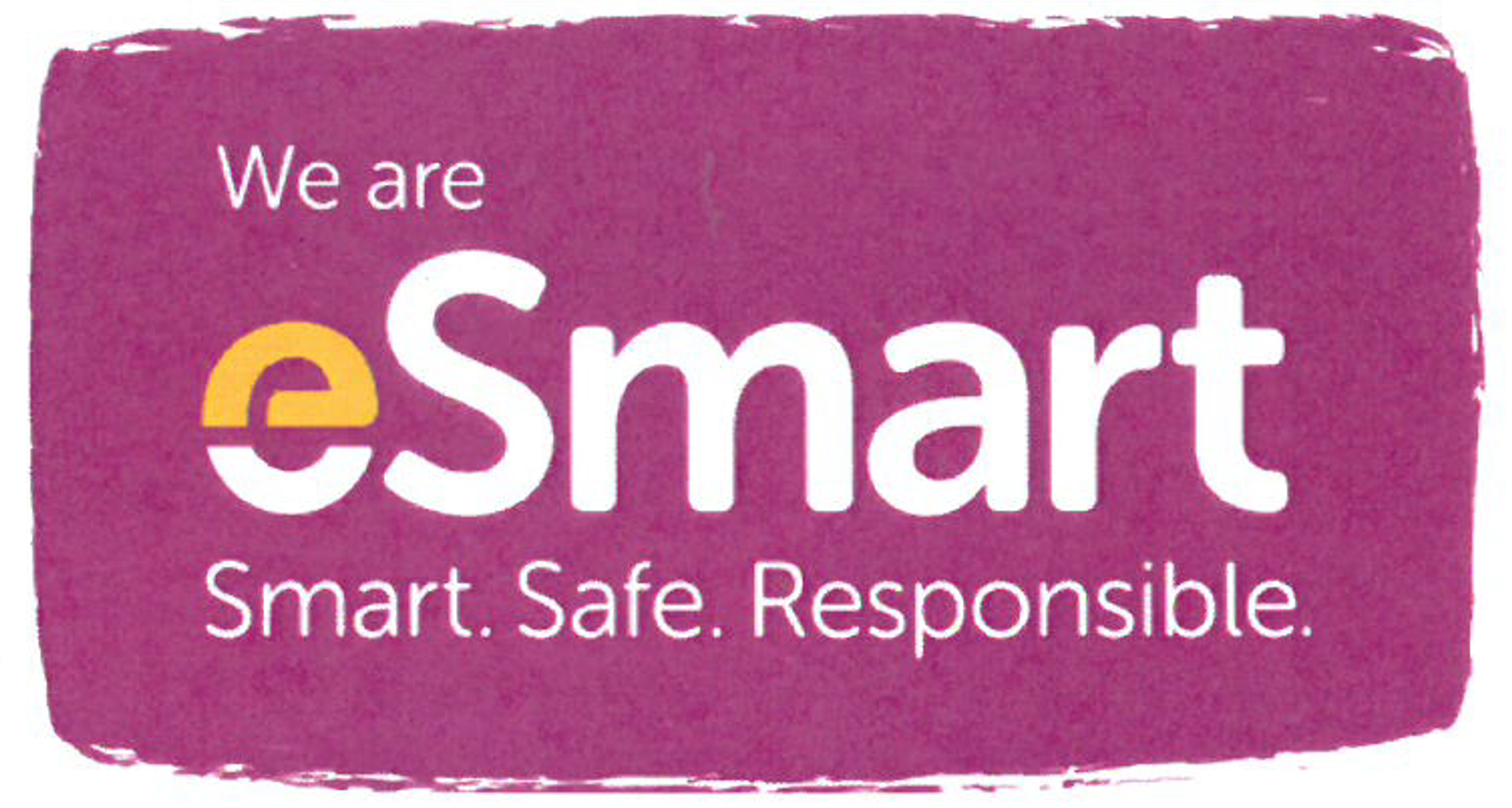eSmart News

Online Safety Basics
Our support and guidance can give our children the knowledge to make sound decisions online and the confidence to ask for help when they need it.
Three Key Strategies
1. Be engaged, open and supportive
Get involved with your child’s online activities as a family. Play games together. Talk about favourite apps, games or websites.
Keep lines of communication open. Ask about their online experiences, who they are talking to, and whether they are having any issues.
Reassure your child they can always come to you, no matter what. Your child may not communicate openly about things that worry them online if they fear being in trouble if they tell you. Let them know you will not cut off internet or device access if they tell you they’re feeling uncomfortable or unsafe online.
If you notice a change in your child’s behaviour or mood, talk with them about it. If you are concerned, consider seeking professional help – from your GP, a psychologist or school counsellor.
2. Set some rules
Set rules for devices and online access, with consequences for breaking them. As they grow in online skills and maturity you can review your rules together.
Get your child’s input — this will help them understand risks.
Model behaviour that you would like to see. Children will be more likely to follow rules if they see you doing the same.
Consider creating a family tech agreement (sometimes called a family media plan or family online safety agreement). This is a set of rules about how devices are used in your home as well as what acceptable online behaviour looks like. eSafety has created downloadable templates for families with children under 5, or those with kids aged 5 to 8 years. For families with older children, The Family Online Safety Contract from ThinkUKnow AustraliaExternal link is a good starting point.
3. Use safety features and settings
Get to know the devices you and your children use and set them up for privacy and online safety. Take advantage of parental controls to monitor and control screen time and access to content, based on your child’s age and experience. See our guide to parental controls.
Choose apps and games carefully, and visit the App Store or Google Play for age ratings and consumer advice.
Refer to our advice about screen time and online gaming if these are of concern.
The eSafety Guide provides valuable information about the latest games, apps and social media, including how to protect your personal information and report harmful content.
You can visit the Australian Classification Board’s online database, Children and Media Australia and Common Sense Media (US) for information about movies, apps, games and websites, searchable by age.
